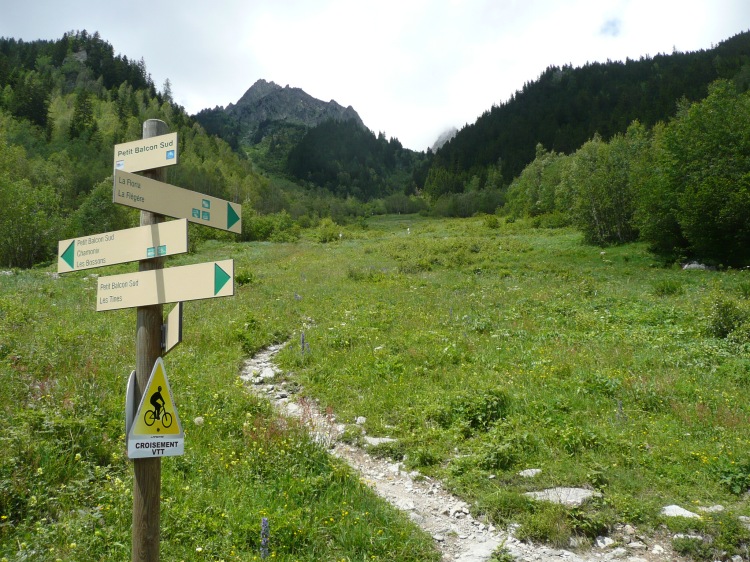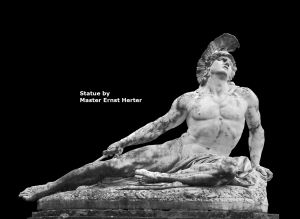I cued up ‘Classical Essentials’ on Spotify to help while away an hour exercising indoors during another day of the Corona Virus Pandemic of 2020 Great Lockdown. The complete 15 minute Overture of 1812 resonated as it led me musically through a dark period of history over two centuries old.
The piece by Tchaikovsky starts slowly and humbly enough, almost dirge like, evoking the tortuous pain of forgotten soldiers dead and dying on a battlefield of long ago. What was the Franco-Russian War of 1812 (this overture is not about an American-British war which also occurred in 1812)? I struggled to remember even the most salient facts about a war so popularized in our cannon of classical music, yet so forgotten among the many other calamities that waft over our history like smoke from smoldering embers.
Two minutes into the Overture, Pyotr Ilyich Tchaikovsky picks up the meter of the piece and adds in brass and louder wood winds to take us back in time to the battlefield before all went to hell. You can almost feel the soldiers running for position, taking aim and firing, but within less than two minutes the dirge tone returns albeit briefly before it gives way to one of the popular themes you will instantly recognize. The gaiety of the light motif is almost jarring; it mocks the death and destruction of war itself.
The triumphal theme plays over and over again. If we hear it enough perhaps we will believe it.

Tchaikovsky was commissioned to write the Overture of 1812 in 1880, years after the Battle of Borodino, Napolean’s campaign against the Russians to capture Moscow. While the French troops succeeded in reaching the treasured Russian city, they ultimately could not hold it and retreated to devastating consequences. The battle resulted in over 70,000 casualties by many estimates and included direct wounds of war as well as slow death from infection, starvation and cold exposure.
Tchaikovsky captures the urgency and adrenaline of war and at six minutes cymbals clang over the recurring theme now played by the horns. At seven minutes you might begin to think all is well at what sounds like a Sunday picnic, mellifluous strings playing long whole notes in wavy measures and than in a slow reduction, only the tone of a single reed instrument is left until it fades away.
The pace quickens at 12 minutes and begins a steady march toward a stunning conclusion. At 13 minutes a series of arpeggios begins and than repeats again and again for almost 40 seconds until the cymbals and bells break through in ever increasingly ebullient tones. In the final seconds of the Overture, a full on explosion of sound breaks out with triumphant horns and percussion leading to the final trumpet blasts that end the piece.
Ironically, the war of Borodino was a disaster for both Napoleon’s soldiers and the Russians. Tens of thousands of young men lost their lives, were wounded or maimed and the arcs of so many lives were thrown asunder, plans delayed or never resurrected, dreams of men shattered.
Yet time does march on. That is one irrefutable fact of our fragile lives. And time will march straight through the Great Pandemic of 2020 which unfortunately will leave some lives broken and some lives lost. But like the Battle of Borodino retold through the Overture of 1812, our resolve as individuals, families, communities, towns, cities and countries will be recorded in the annals of history yet to be written. Hopefully our epic battle will not only be successful but remembered with jubilation and ultimately come to illuminate the best of what humanity can achieve when we come together to care about each other.
Howard E. Friedman
-30-
 Anyone on the trail either hiking or running invariably wonders at some point, “How far could I go if I had the time?”. With a subtitle of “How a Daring Band of Misfits Mastered the Lost Secrets of Strength and Endurance”, Christopher McDougall attempts to answer the question of just how much we can endure, both physically and psychologically, when put to the challenge. And in answering those questions he aims to understand “the art of the hero”, and to explore the “foundation of both Greek theology and Western democracy: the notion that ordinary citizens should always be ready for extraordinary action.”
Anyone on the trail either hiking or running invariably wonders at some point, “How far could I go if I had the time?”. With a subtitle of “How a Daring Band of Misfits Mastered the Lost Secrets of Strength and Endurance”, Christopher McDougall attempts to answer the question of just how much we can endure, both physically and psychologically, when put to the challenge. And in answering those questions he aims to understand “the art of the hero”, and to explore the “foundation of both Greek theology and Western democracy: the notion that ordinary citizens should always be ready for extraordinary action.”

















